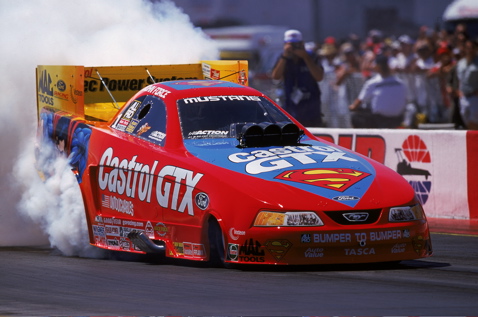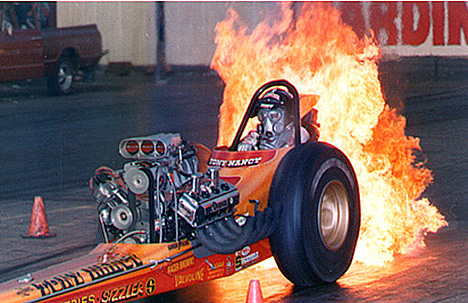Fast cars have always caught the fancy of people everywhere. So much so that a television program called Pinks is aired on Speed Channel in the United States and Canada. This program is also shown on Fox Sports 3. Pinks is based on drag racing. Drag racing became popular in America after the World War II in 1945. Slowly, it spread to all parts of the world, and now, there are hundreds of drag strips on which drag racing takes place. The length of the strip is only 1.4 mile long and is in a straight line. The competitors get 5 to 15 seconds to finish the race and the speed at which they drive is anywhere between 100 to 300 mph. This would depend on what kind of vehicle you were driving.

The classification of vehicles is done very scientifically.
They include the capacity of the engine, configuration of the cylinders, number of cylinders, type of frame, wheelbase, the ratio of the horsepower to weight, and the material from which the car is made. Whether the car uses turbochargers, superchargers or nitrous oxide is also taken into account. All these details are taken into account so that the competition is fair. The main thing is that drag racing vehicles are modified in such a way that they are lighter, and consequently more powerful. This means that the horsepower to weight ratio is increased thereby allowing for a greater rate of acceleration. Increasing the horsepower is done by making modifications in the engine. In the actual drag race, which is also known as – pass – , cars race each other from start to finish in a straight line.
Before the race begins, each driver performs a burnout, which heats the tires and traction is improved because rubber is laid down at the beginning of the track. Now they are ready for the race. They line up at the starting line. Unofficial races can be either flagged off, or the person who is starting the race can drop his arm. Professional races use a series of vertically arranged lights and their start is electronically done. There are several criteria that are taken into account such as reaction time, elapsed time and of course the speed. Reaction time is the time which is taken by the driver to set off after he sees the green light or when he is flagged off.
Elapsed time is the time taken for the race, as it were i.e., from the moment the car leaves the starting line till it crosses the finish. Close to the finish line there is a speed trap which measures the speed. The Top Fuel Dragsters and nitro Funny Cars have a record of 330 miles per hour in a quarter of a mile race. The winner, naturally, is the first to cross the finish. That means the driver had the lowest reaction time as well as the lowest elapsed time. A point to be noted is that if a driver does not have a low reaction time, then even if he has a short elapsed time, he does not win the race.










that’s oone way to say it , rather genaric ! how bout …. get in , sit down , shut up , hang on !